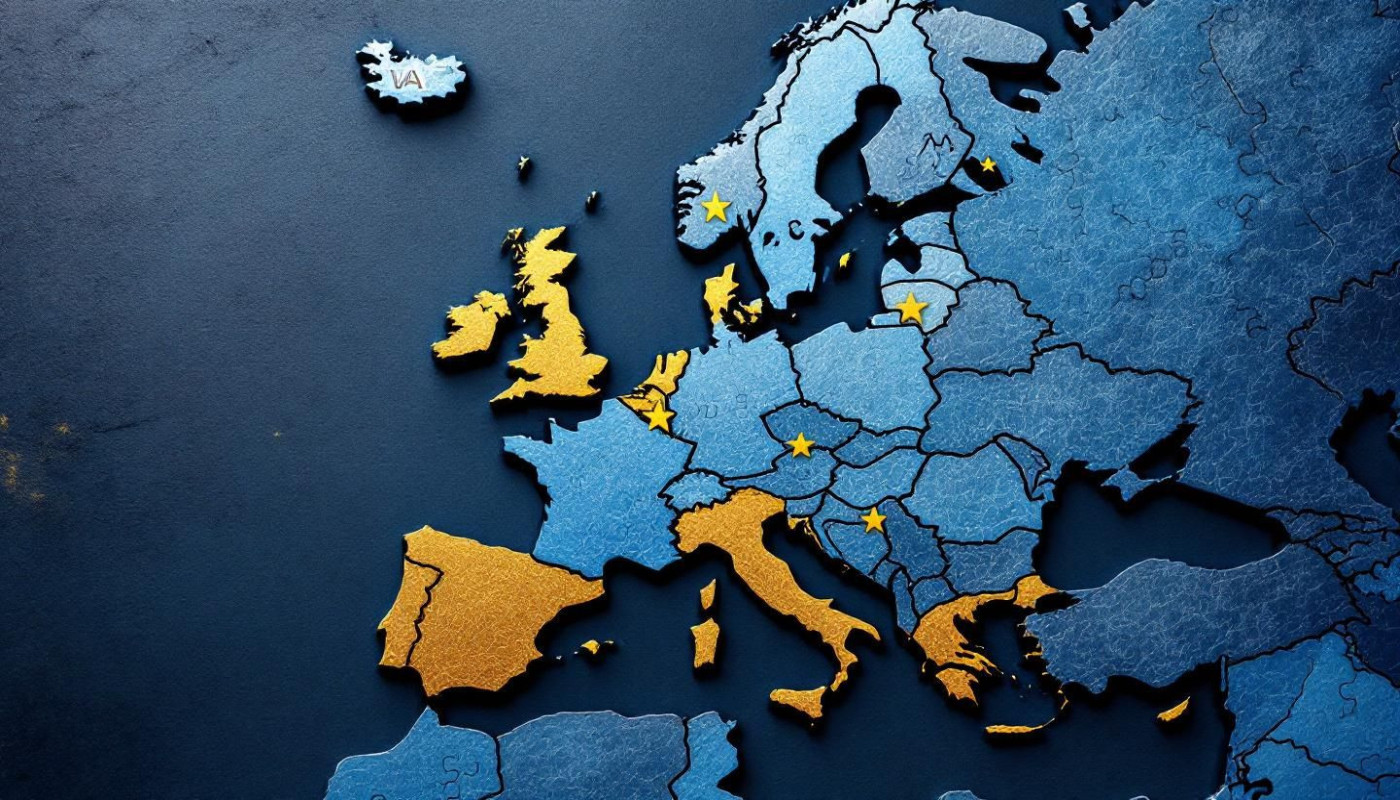Table of contents
Expanding into the European Union market presents vast opportunities, but also introduces complex regulatory challenges, particularly when it comes to managing value-added tax (VAT) obligations. Navigating the intricacies of VAT compliance across multiple member states can become a major hurdle for businesses seeking to maximize their reach. Unifying VAT handling strategies is a dynamic way to streamline processes, reduce risks, and unlock the full potential of cross-border trade within the EU. Discover how adopting a centralized approach to VAT management can be transformative for your business growth.
Streamlining vat registration processes
Aligning EU VAT registration procedures across member states dramatically enhances market entry for businesses seeking to expand cross-border sales. By standardizing requirements and adopting digital tools like the One Stop Shop (OSS) scheme, companies reduce their administrative burden, allowing them to register, declare, and remit VAT for multiple countries through a single portal. This harmonization not only accelerates the time-to-market for new products and services but also boosts compliance confidence, as businesses can more easily adhere to local tax laws and avoid costly penalties. A leading EU tax compliance consultant would confirm that streamlined processes empower both established firms and new entrants to seize pan-European opportunities without being hindered by complex bureaucracy. For those engaging in distance sales of goods to EU consumers, IOSS registration offers a practical solution, further simplifying VAT obligations and ensuring seamless access to all relevant markets.
Improving tax compliance across borders
Managing VAT compliance across various EU member states exposes businesses to a myriad of challenges due to differing EU tax regulations and complex reporting requirements. Navigating these disparities often results in increased audit risk, as minor discrepancies in record-keeping or varying interpretations of the VAT Directive can trigger audits or financial penalties. A senior EU tax policy advisor emphasizes that harmonized standards for VAT handling are vital for reducing these obstacles; unified processes streamline operations by ensuring transparent record-keeping and consistent application of reporting requirements, which not only eases administrative burdens but also minimizes the potential for human error. Automated, continuous monitoring of transactions further reinforces compliance by quickly identifying anomalies, aligning with the legal framework of the VAT Directive and enhancing trust with tax authorities throughout the EU.
Enhancing customer experience
Unified VAT management offers a powerful approach to improving the customer experience in the EU marketplace by ensuring transparent pricing and efficient handling of tax obligations. When businesses implement streamlined VAT processes for B2C transactions, customers benefit from consistent pricing across borders, reducing confusion and making purchasing decisions easier. Accurate invoices featuring precise tax breakdowns help customers understand exactly what they are paying for, and this level of detail enhances transparency while minimizing the risk of disputes. Such clarity in VAT management builds trust, which is vital for securing customer loyalty in a competitive environment. In the end, a seamless purchasing journey fosters greater satisfaction and encourages repeat business, giving retailers a significant edge in the complex EU marketplace.
Reducing operational costs and risks
Centralized VAT processes are instrumental in driving down operational costs by eliminating duplicated efforts across multiple jurisdictions and streamlining compliance tasks. By consolidating VAT management, businesses benefit from automated VAT reconciliation, which reduces the dependency on manual interventions and lowers the probability of human error. This approach enhances risk reduction by providing a consistent framework for managing tax obligations, thus minimizing exposure to regulatory penalties and audit findings. Centralized VAT systems also limit the need for frequent legal consultation, further reducing expenses. As a result, resource allocation can shift away from routine compliance and towards high-impact growth strategies, promoting overall business efficiency and competitive positioning in the EU market.
Preparing for regulatory evolution
Adapting a robust VAT strategy is essential for enterprises seeking to remain competitive in the dynamic landscape shaped by ongoing EU regulations and frequent tax law changes. As the EU introduces Digital Reporting Requirements and other emerging compliance mandates, businesses benefit from adopting a scalable approach, allowing them to swiftly adjust processes and systems to any regulatory updates. Proactive compliance not only mitigates the risk of costly penalties but also enhances operational resilience, ensuring smooth cross-border transactions and uninterrupted market access. By investing in flexible VAT management solutions, organizations can seamlessly integrate updates, address new obligations efficiently, and remain agile as the intricacies of EU tax frameworks continue to unfold.
On the same subject



